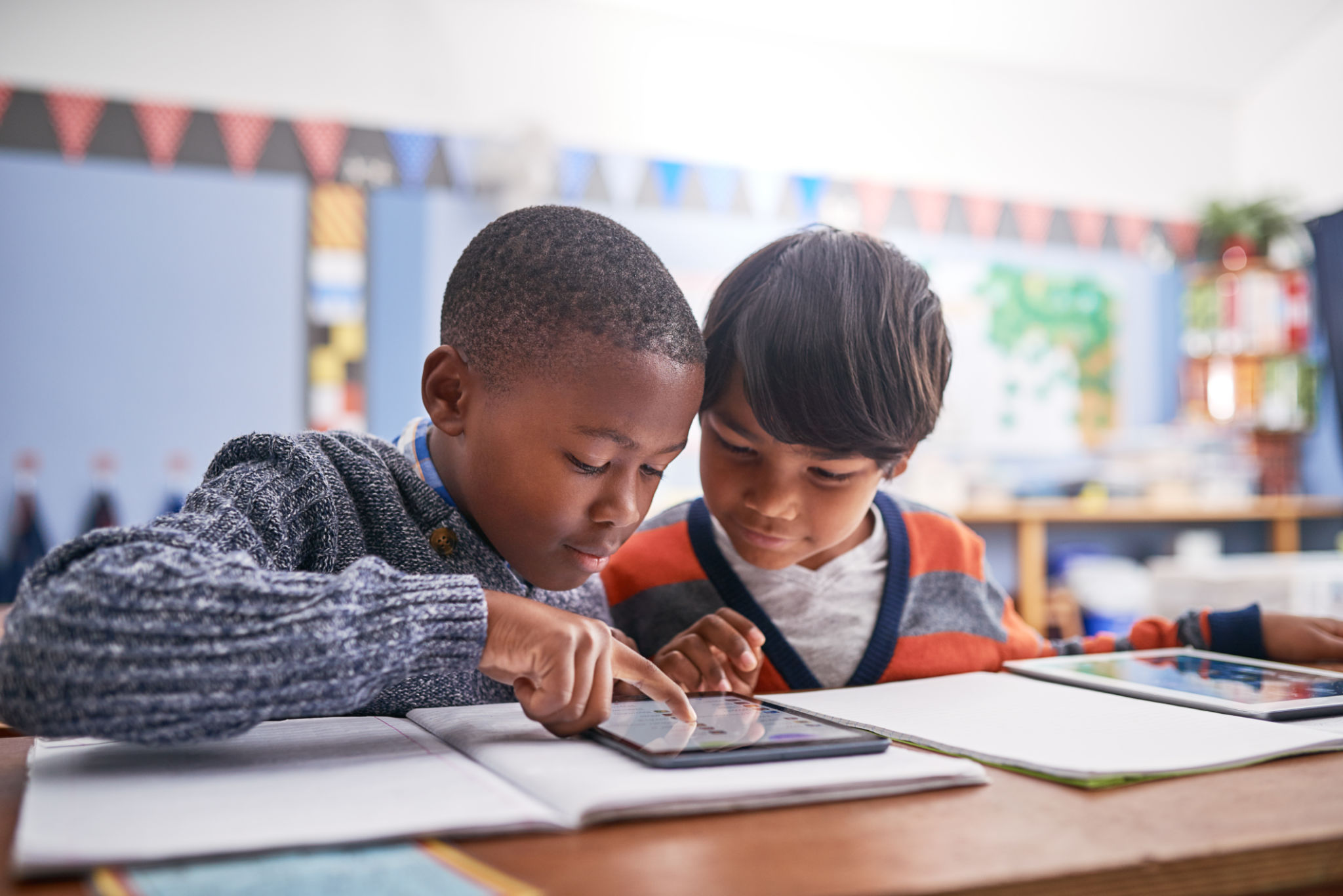The Role of Education Technology in Modern Classrooms
The Evolution of Education Technology
The integration of technology in education has revolutionized the way learning is approached in modern classrooms. Over the past few decades, digital tools have transformed traditional teaching methods, offering students and educators various innovative solutions to enhance the educational experience. From interactive whiteboards to online learning platforms, technology plays a pivotal role in shaping the future of education.
One of the most significant advantages of incorporating technology in education is the ability to create a more engaging and interactive learning environment. Digital tools allow for dynamic presentations, interactive simulations, and multimedia resources that cater to different learning styles. As a result, students are more likely to be attentive and retain information effectively.

Enhancing Accessibility and Inclusivity
Education technology has significantly improved accessibility for students with diverse needs. Assistive technologies, such as text-to-speech software and screen readers, provide essential support for students with disabilities, ensuring they receive an equitable education. Moreover, online resources can be accessed from anywhere, breaking down geographical barriers and enabling students in remote areas to access quality education.
Inclusivity is further promoted through educational platforms that offer content in multiple languages and formats. This adaptability ensures that all students, regardless of their background or abilities, can benefit from the educational resources available. By prioritizing inclusivity, education technology fosters a more equitable learning environment for everyone.

Personalized Learning Experiences
One of the greatest benefits of education technology is its ability to personalize learning experiences. Adaptive learning software tailors educational content to meet individual student needs, allowing them to learn at their own pace. This personalized approach ensures that students receive the support they need to succeed academically.
In addition to personalized content, technology enables educators to track student progress through data analytics. By analyzing student performance data, teachers can identify areas where students may need additional support or challenge, creating a more customized educational experience.

Preparing Students for the Future
Incorporating technology in the classroom prepares students for a future where digital literacy is essential. As technology continues to evolve, it becomes increasingly important for students to develop skills such as critical thinking, problem-solving, and digital communication. Education technology provides opportunities for students to practice and hone these skills in a safe and supportive environment.
Moreover, exposure to technology in education fosters creativity and innovation. Students are encouraged to explore new ideas, experiment with digital tools, and collaborate with peers on projects. These experiences not only enhance their academic abilities but also prepare them for future career paths in a rapidly changing world.

Challenges and Considerations
While education technology offers numerous benefits, it also presents challenges that need to be addressed. Ensuring equitable access to technology for all students is a significant concern, as disparities in access can exacerbate existing educational inequalities. Schools must prioritize providing necessary resources and support to bridge this digital divide.
Additionally, educators must be adequately trained to integrate technology effectively into their teaching practices. Professional development programs that focus on digital literacy and pedagogical strategies are essential for teachers to harness the full potential of education technology.
The Future of Education Technology
The role of technology in education is expected to continue growing, with emerging trends such as artificial intelligence, virtual reality, and gamification gaining prominence. These innovations have the potential to further transform how knowledge is delivered and consumed in classrooms worldwide.
Ultimately, the successful integration of education technology depends on a collaborative effort between educators, policymakers, students, and communities. By embracing technological advancements while addressing associated challenges, we can create a more inclusive and effective educational landscape for future generations.
